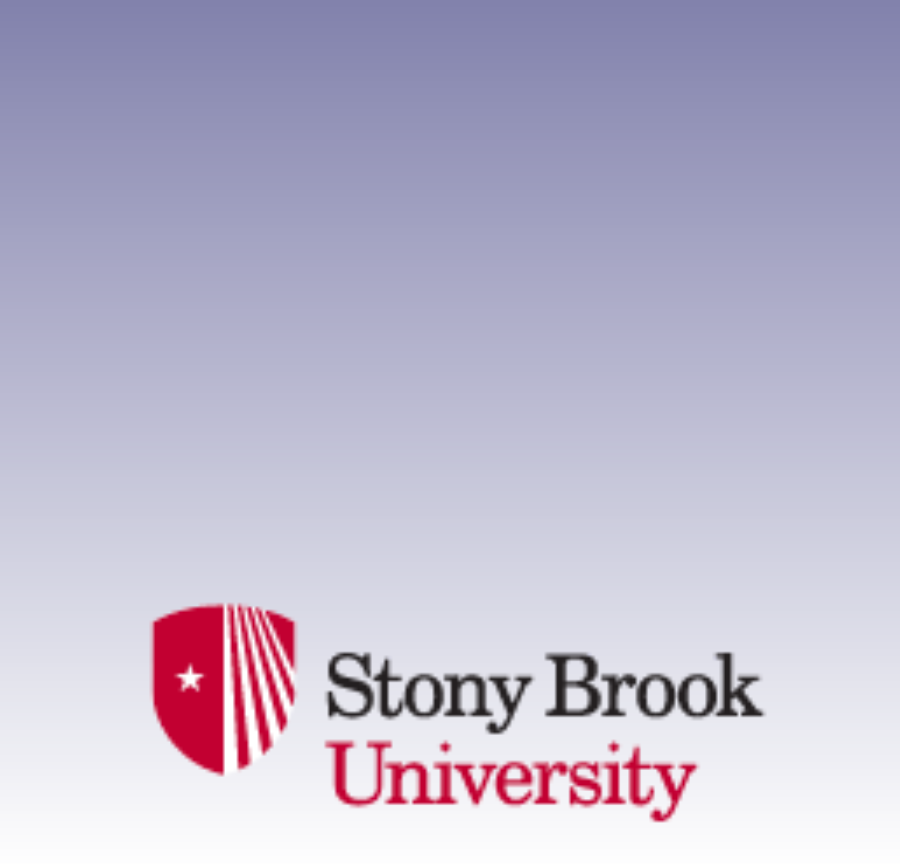Events Calendar
Cancelled Liang Gao
Friday, May 08, 2015, 02:30pm - 03:30pm
Hits : 2192
Contact Hosts: Dan Raleigh & Sasha Levy
Liang Gao
Assistant Professor
Department of Chemistry &
Department of Biochemistry and Cell Biology
Stony Brook University
Push the Envelope of Live Fluorescence Imaging by Selective Plane Illumination Microscopy
3D live fluorescence imaging is often required for a better understanding of biological processes. However, it is challenging with conventional fluorescence imaging techniques, such as confocal microscopy, because it requires a good balance between 3D spatial resolution, optical sectioning capability, imaging speed, photobleaching and photodamage, while they are often in opposition. The selective plane illumination microscopy (SPIM) has developed rapidly in the last decade in response to the challenge. SPIM overcomes the limitations of conventional fluorescence imaging techniques by using two objectives with optical axes orthogonal to each other for sample illumination and fluorescence detection separately. By confining the illumination light near the focal plane of the orthogonal detection objective, a good balance between spatial resolution, optical sectioning, imaging speed, photobleaching and photodamage can be achieved. To maximize the benefit of SPIM, a key problem in SPIM is how to generate an illumination light sheet as thin as possible while it is large enough to cover the interested field of view. Both Bessel beam plane illumination microscopy (Bessel SPIM) and a more recent approach, optical lattice light sheet microscopy were developed to address the problem. Non-diffracting ultrathin light sheets produced by scanning Bessel beams or dithering 2D optical lattice were used for sample illumination, so that isotropic 3D resolution of ~300 nm was achieved together with imaging speed up to hundreds of image planes per second and the ability to noninvasively acquire hundreds of 3D image volumes on samples from single living cells to multi-cellular organisms. By combining with the super-resolution structured illumination microscopy technique, these techniques can also be used to image dynamics beyond the optical diffraction limit not only in thin samples but also in thick or densely fluorescent multi-cellular specimens over hundreds of time points.
Location Laufer Center Lecture Hall 101


